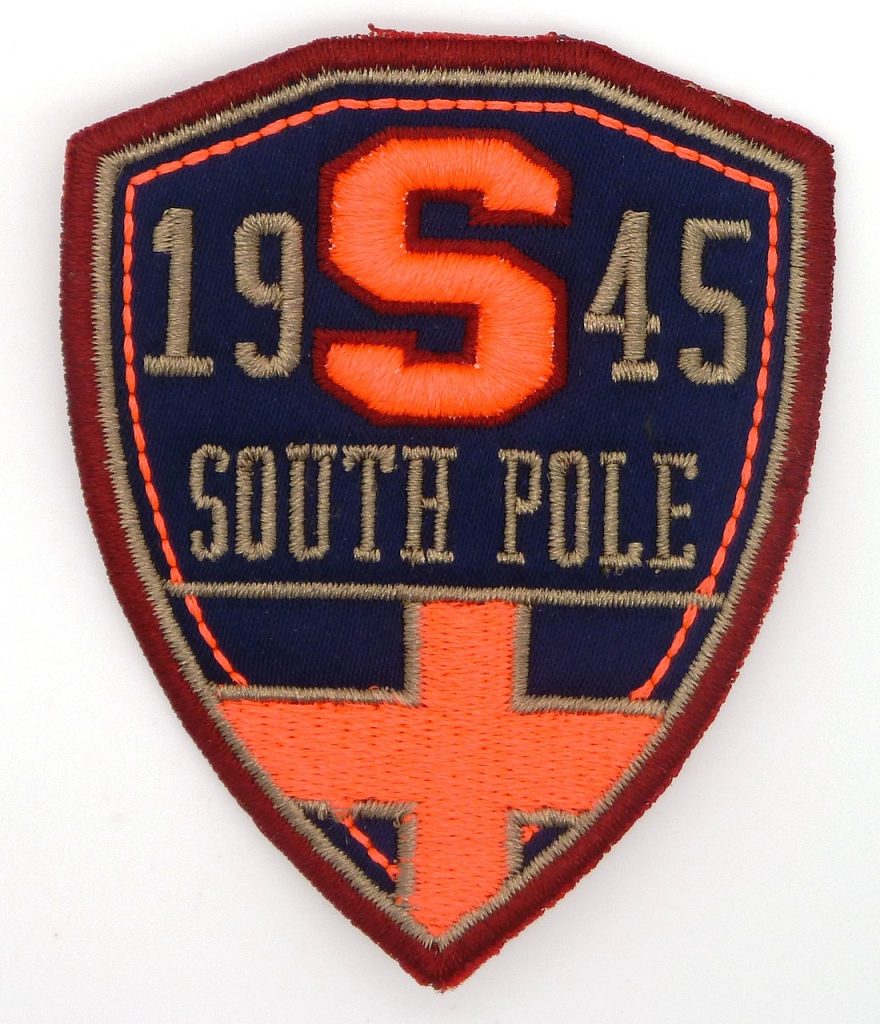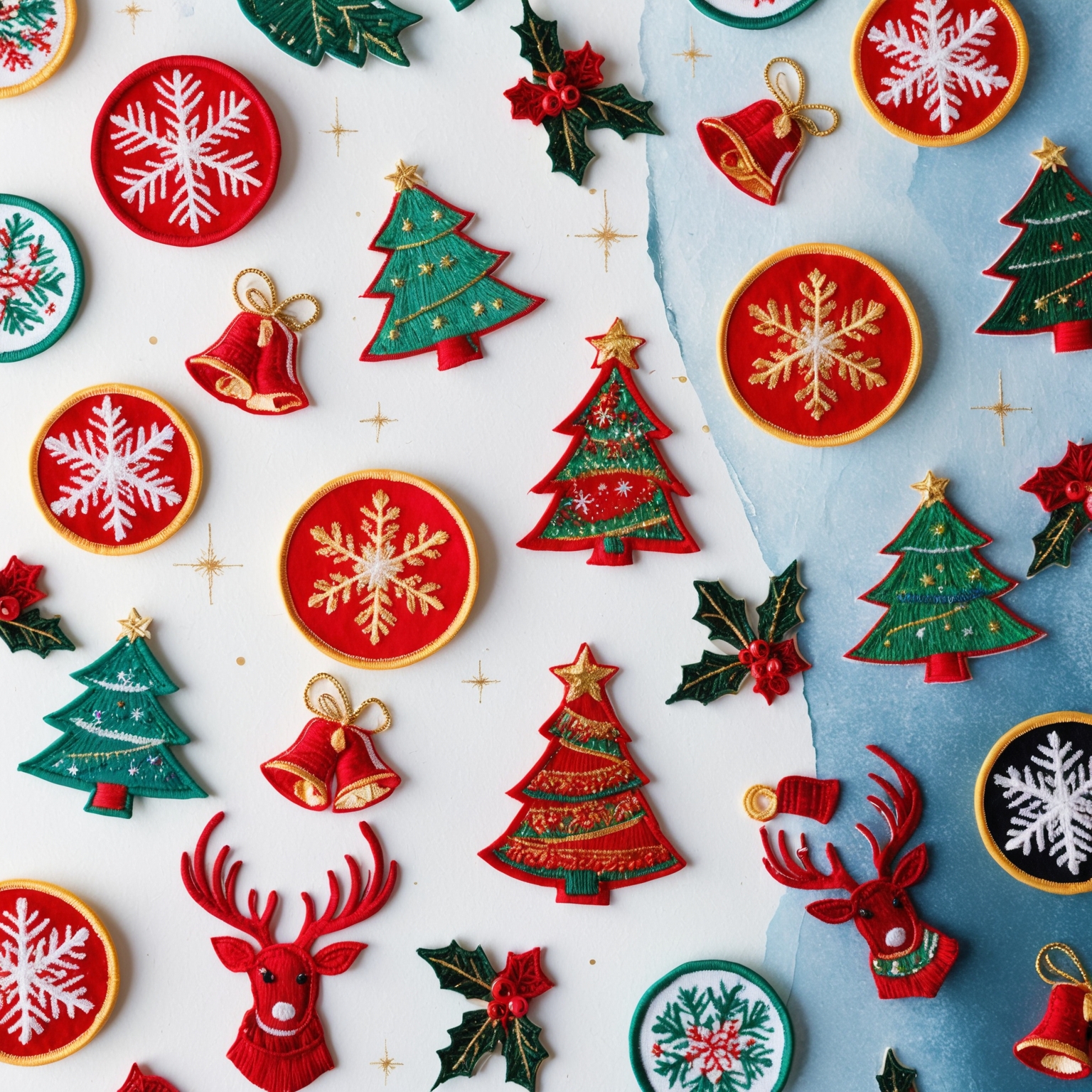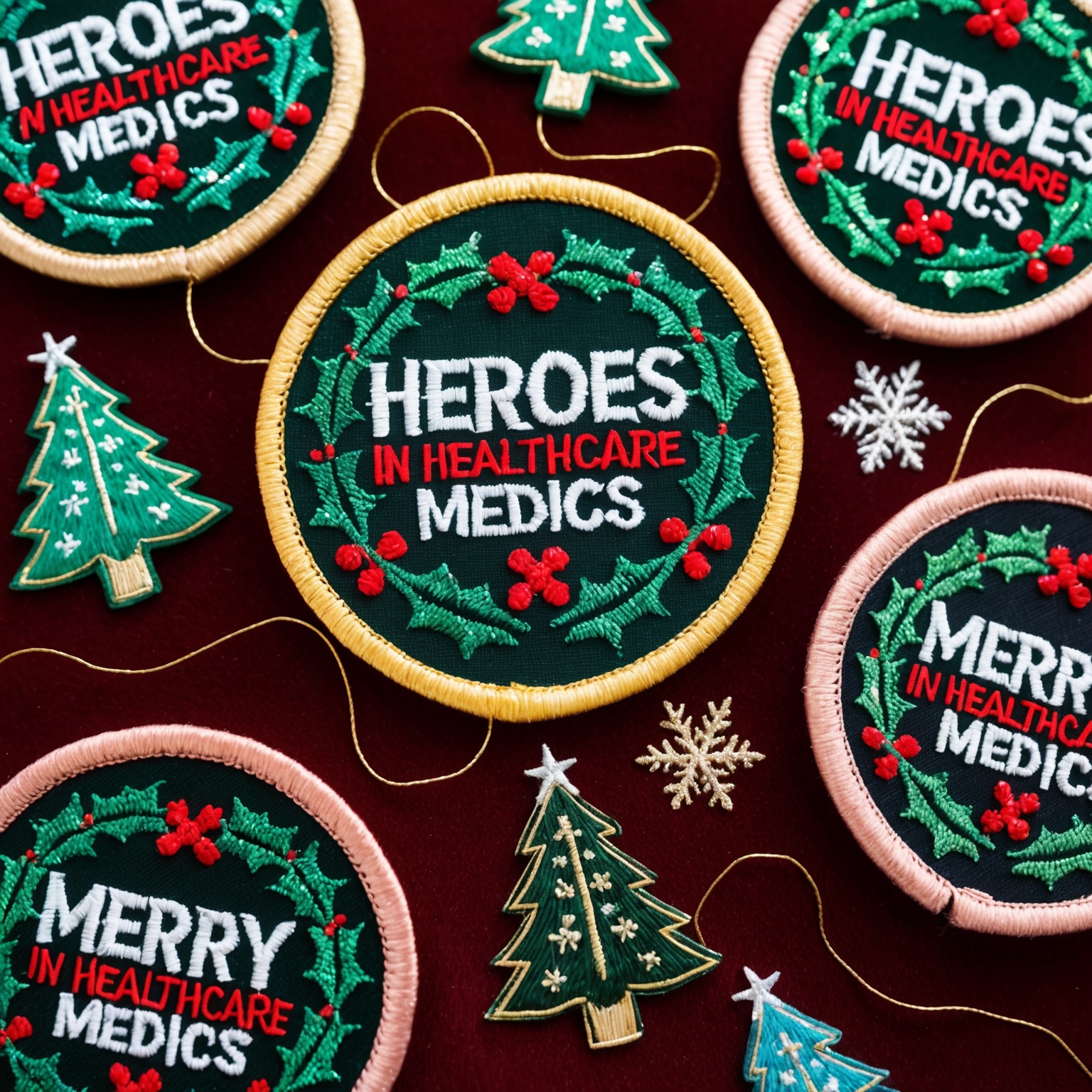Picture this: You’ve just returned from an amazing adventure—a hiking trip in the mountains, a concert with your favorite band, or a memorable community service event. You’re eager to display a patch that symbolizes this experience, but you want it to last. Choosing the right patch material is crucial for ensuring that your memories endure. With so many options available, how do you pick the best one? Let’s dive into the ultimate guide to long-lasting patch materials and find out which one fits your lifestyle perfectly.
Patches are more than just decorative items; they are badges of honor, symbols of experiences, and markers of identity. Whether you’re a scout, a biker, an athlete, or a hobbyist, the durability of your patches is essential. This article will explore various patch materials, address common concerns, and help you make an informed decision about which material is best suited for your lifestyle.
Understanding Patch Materials
Durability and Appeal:
Embroidered patches are the most traditional and popular type. They are made by stitching threads onto a fabric backing, creating a textured and colorful design.
- Strength: These patches are known for their durability and ability to withstand wear and tear. The dense stitching ensures that the design remains intact even after frequent use and washing.
Example: A hiking club might choose embroidered patches for their members, as they can endure the rigors of outdoor activities and frequent washing.
2. Woven Patches
Fine Details and Flexibility:
Woven patches use thinner threads than embroidered patches, allowing for more intricate and detailed designs. The threads are woven together to create a smooth, high-resolution image.
- Flexibility: These patches are less bulky and more flexible, making them ideal for applications where detail and comfort are important.
Example: A cycling team might prefer woven patches for their jerseys, as the thin, flexible material won’t add unnecessary bulk and can accommodate detailed logos.
3. PVC Patches
Weather Resistance and Durability:
PVC patches are made from soft, flexible plastic that can withstand harsh conditions. These patches are waterproof, weather-resistant, and highly durable.
- Weatherproof: Ideal for outdoor and tactical use, PVC patches can endure rain, mud, and extreme temperatures without deteriorating.
Example: A search and rescue team might choose PVC patches for their gear, ensuring that the patches remain intact and legible in all weather conditions.
Classic and Stylish:
Leather patches offer a classic, stylish look and are often used for fashion items, hats, and high-end products. They are known for their durability and timeless appeal.
- Fashionable: These patches are perfect for items that require a touch of elegance and durability, such as denim jackets and luxury bags.
Example: A premium clothing brand might use leather patches to add a sophisticated touch to their products.
5. Chenille Patches
Soft and Plush:
Chenille patches are characterized by their soft, fuzzy texture. They are often used for letterman jackets and sports apparel, providing a bold and tactile design.
- Comfortable: These patches are comfortable to wear and stand out due to their unique texture and vibrant colors.
Example: A high school sports team might choose chenille patches for their letterman jackets, highlighting team spirit and achievements.
Addressing Common Concerns
Cost of High-Quality Patches
High-quality patches can be perceived as expensive, but their durability and longevity often justify the investment.
Solution: Value for Money
Investing in high-quality patches ensures they last longer, providing better value for money over time. Cheap patches may save money initially but can deteriorate quickly, requiring frequent replacements.
Example: A scouting organization might opt for high-quality embroidered patches to ensure they last through multiple adventures, representing a good investment in the long run.
Limited Design Options
Some might think certain patch materials limit design possibilities.
Solution: Exploring Material Capabilities
Each patch material has unique capabilities that can accommodate a wide range of designs. Understanding these capabilities can help in choosing the right material for complex or detailed designs.
Example: Woven patches can capture intricate details and are ideal for designs requiring high resolution, such as company logos or detailed artwork.
Future Trends in Patch Materials
Sustainable Materials:
As sustainability becomes more important, patch materials are evolving to include eco-friendly options. Recycled fabrics and biodegradable materials are gaining popularity.
Example: An environmental organization might choose patches made from recycled polyester, aligning with their commitment to sustainability.
Technological Integration:
Advances in technology are leading to innovative patch designs, including smart patches with embedded sensors or NFC chips for added functionality.
Example: A sports team might use patches with embedded NFC chips to track performance data, providing a modern twist on traditional patches.
Practical Tips for Choosing the Right Patch Material
1. Consider Your Lifestyle:
The best patch material depends on your lifestyle and how you intend to use the patch. Consider the activities you’ll be engaging in and the conditions the patch will face.
Example: For outdoor enthusiasts, PVC patches are ideal due to their weather resistance, while fashion-conscious individuals might prefer leather patches for their stylish appeal.
2. Focus on Durability:
Choose a material that will withstand the conditions it will be exposed to. Consider factors like exposure to water, sunlight, and physical wear.
Example: For military or tactical use, PVC patches are highly durable and resistant to harsh conditions, making them a suitable choice.
3. Match the Aesthetic:
Select a patch material that complements the look and feel of the item it will be attached to. The material should enhance the overall aesthetic.
Example: Woven patches are ideal for items requiring fine detail and a sleek finish, such as corporate uniforms or promotional items.
Conclusion
Choosing the right patch material is essential for ensuring that your patches not only look great but also stand the test of time. By understanding the strengths and applications of different materials—embroidered, woven, PVC, leather, and chenille—you can select the perfect patch to fit your lifestyle. Addressing concerns about cost and design limitations and staying informed about future trends will help you make an informed decision. Whether you need patches for outdoor adventures, fashion statements, or organizational pride, the right material can turn your patches into long-lasting symbols of your experiences and achievements.
If you are interested in purchasing high-quality custom patches, feel free to call us at 1-866-903-4903 or fill out one of our free quotes here.




